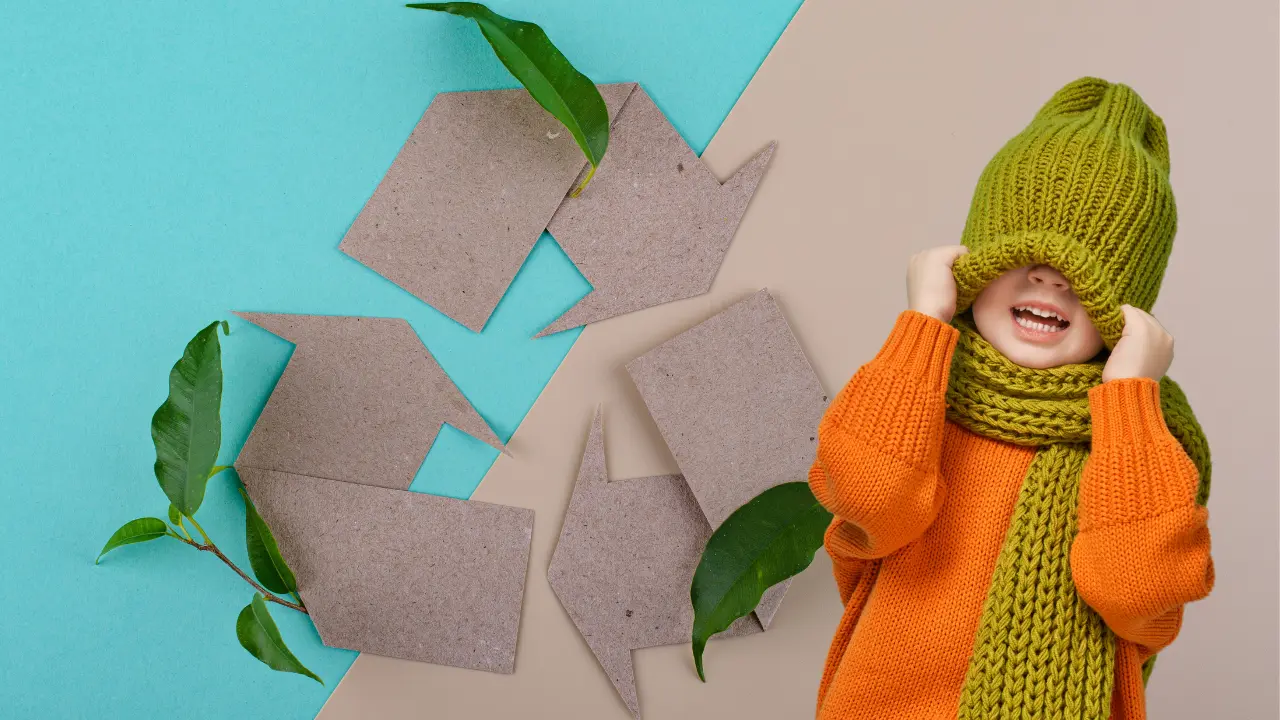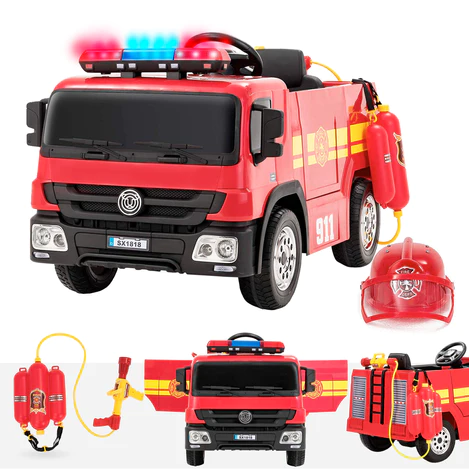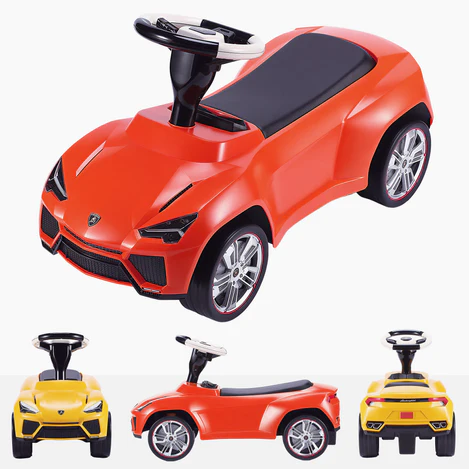As parents/guardians, we’re constantly juggling numerous priorities, especially when it comes to our kids.
We want the best for them, and increasingly, this includes being mindful of the planet they will inherit.
Enter the world of sustainable kids’ fashion – a realm where eco-consciousness meets style, presenting an attractive avenue for parents to save on kids’ clothing while adhering to their environmental values.
This fusion of sustainability and affordability addresses the common dilemma faced by many: balancing eco-friendliness with our budgets.
But here’s the rub: How do we balance this eco-friendliness with our budgets?
It’s a question many environmentally-aware parents grapple with, and this article aims to provide some much-needed clarity and practical tips.
Table of Contents
ToggleUnderstanding Sustainable Materials and Brands
The importance of sustainable materials
You’ve probably heard about organic cotton, but what makes it so special for your little ones?
It’s not just about being kind to the earth.
When choosing ethical and sustainable children’s clothing, the fabric plays a crucial role.
Organic cotton is not only better for the environment but also softer and safer for children’s skin.
Beyond organic cotton, look for other eco-friendly materials like bamboo or recycled polyester, ensuring that your choice in sustainable brands aligns with both ethical and environmental standards.
The fashion industry’s environmental impact is substantial, with statistics showing that it accounts for 10% of annual global carbon emissions and contributes to significant water consumption and pollution.
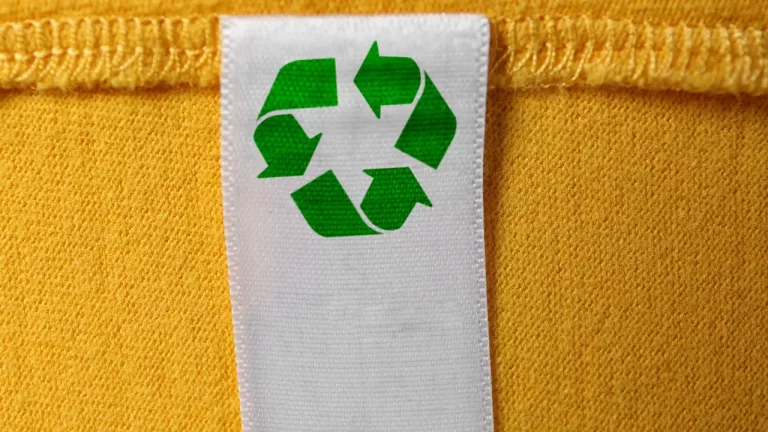
Navigating Certifications and Labels
When venturing into the world of sustainable fashion for your kids, the array of certifications and labels can be overwhelming.
Yet, understanding these can be your secret weapon in ensuring the clothes you choose are genuinely sustainable.
- Organic Certifications: Look for certifications like GOTS (Global Organic Textile Standard), which guarantees that textiles are organic and produced in an environmentally and socially responsible way. It ensures that from harvesting of the raw materials, through environmentally and socially responsible manufacturing up to labelling, the requirements are met.
- Fair Trade Labels: Fair Trade certification indicates that the workers involved in making the clothing are paid fair wages and work under safe conditions. This is crucial in the fashion industry, which is often scrutinized for poor labor practices.
- OEKO-TEX Standard: This label means that the garment has been tested for harmful substances. It’s an assurance for parents concerned about the chemicals in their children’s clothing.
Educating Kids About Sustainable Fashion
Making informed choices
How about turning shopping trips into learning experiences?
Teach your children about the value of organic cotton and recycled materials.
Show them how choosing clothes from ethical brands can make a difference.
Engaging in sustainable practices
Sustainable fashion isn’t just about what you buy; it’s also about what you do with clothes.
Encourage your kids to swap clothes with their friends, get creative with upcycling old outfits, and explore the treasures in second-hand stores.
It’s a fun way to teach them about sustainability.
Practical Tips for Parents
Choosing timeless and durable designs
When it comes to sustainable kids’ fashion, the mantra ‘less is more’ rings especially true.
Opting for timeless designs means selecting pieces that won’t go out of style next season.
Look for classic cuts, neutral colors, and simple patterns that can be easily mixed and matched.
This approach not only ensures that the clothes last through multiple fashion cycles but also supports the concept of a minimalistic wardrobe, reducing the need for constant purchasing.
Moreover, durability is key. Seek out clothes that are made to withstand the rough and tumble of child’s play.
This means paying attention to the quality of stitching, fabric strength, and overall craftsmanship.
Durable designs often equate to better quality, which can endure frequent washing and the energetic lifestyle of children, ultimately reducing the need for replacement.
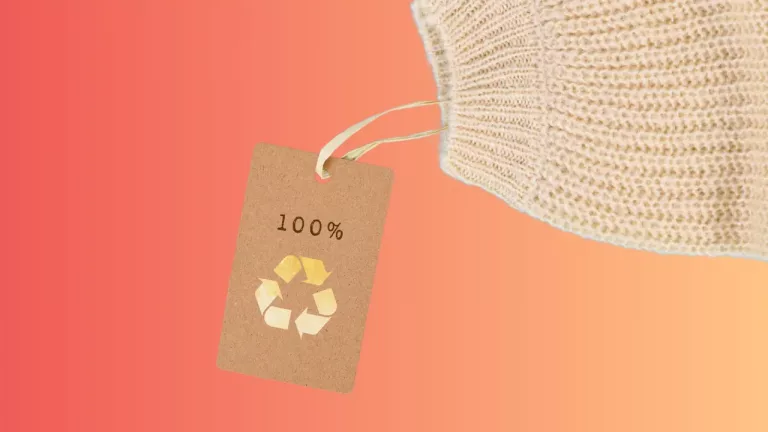
Opting for sustainable fabrics
In the pursuit of sustainable fashion, the fabric choice is paramount.
Sustainable fabrics are those that are sourced and produced in ways that do less harm to the environment.
This includes organic materials like GOTS certified organic cotton, which is grown without harmful pesticides and chemicals.
It’s not just about being eco-friendly; these materials are often more comfortable and safer for children, especially those with sensitive skin.
Beyond organic cotton, explore other sustainable options like bamboo, hemp, and recycled polyester.
Each of these materials has unique properties – bamboo is known for its softness and breathability, hemp for its durability, and recycled polyester for its versatility.
By choosing garments made from these sustainable fabrics, you’re not just making an eco-friendly choice but also ensuring that your children wear high-quality, comfortable, and safe clothing.
Making clothes last longer
The longevity of children’s clothes is a critical aspect of sustainable fashion.
Making clothes last longer reduces waste and is more economical in the long run.
Teach your children the importance of taking care of their belongings.
Simple habits like washing clothes in cold water, air-drying instead of using a dryer, and following the correct washing instructions can significantly extend the life of a garment.
Furthermore, basic sewing skills like patching holes or re-attaching buttons can breathe new life into well-loved items.
Encourage a mindset of repair rather than replace.
Also, consider setting up a routine for seasonal clothing maintenance, such as checking for any needed repairs or adjustments, and storing off-season clothes properly to keep them in good condition for the next year.
Seasonal Planning and Wardrobe Management
A key aspect of sustainable fashion is not just what you buy, but how you manage what you have.
Seasonal planning and effective wardrobe management are essential skills for eco-conscious, budget-minded parents.
- Assess and Plan: Before each season, assess your child’s wardrobe. What fits? What’s worn out? This prevents overbuying and ensures you only purchase what’s necessary.
- Quality Over Quantity: Invest in high-quality pieces that can be layered and adapted to different seasons. A good-quality jacket, for instance, can be used year-round by layering it differently.
- Capsule Wardrobes for Kids: Create a capsule wardrobe for your child – a small collection of interchangeable items that maximise the number of outfits that can be created. Not only does this simplify decision-making, but it also reduces the quantity of clothing needed.
- Off-Season Storage: Store off-season clothes properly to extend their life. Clean and mend items before storing them in a cool, dry place. This practice helps preserve the clothing for the next season or for a younger sibling.
These strategies not only help in reducing waste and promoting sustainability but also assist in managing the family budget more effectively.
Balancing Sustainability with Budget
Smart shopping strategies
Here’s where it gets interesting: How do we keep it sustainable without breaking the bank?
Look out for sales, use coupons wisely, and participate in clothing exchange programs.
Sustainability doesn’t have to come with a hefty price tag.
Shopping for ethical kids clothes can be budget-friendly too.
Look for ethical children’s clothing brands that offer sales or discounts.
This approach to sustainable kidswear combines eco-friendly fashion with conscious consumerism.
Remember, ethical shopping is about finding the right balance between quality and cost.
Long-term cost benefits
Think of it this way – investing in quality, sustainable clothing might seem pricier upfront, but these pieces last longer, saving you money over time.
It’s about playing the long game for the planet and your pocket.
Investing in quality ethical clothing for kids means choosing sustainable kidswear brands known for their ethical and sustainable children’s clothing.
This might mean a higher upfront cost, but eco-friendly kids clothes are typically more durable, offering better long-term value and aligning with conscious consumerism and responsible fashion brands.
Making The Most of Community Resources
In your quest for sustainable and budget-friendly kids’ fashion, don’t overlook the power of community resources.
These can be goldmines for finding eco-friendly clothing options without straining your wallet.
- Local swap meets and clothing swaps: Keep an eye out for local swap meets or organise a clothing swap with other parents. It’s a great way to refresh your child’s wardrobe, exchange items they’ve outgrown, and acquire what you need without spending a penny.
- Community centres and social groups: Many community centres and social media groups host swap events or have bulletin boards for exchanging children’s items. This not only fosters a sense of community but also promotes the reuse of clothing, reducing waste.
- Online forums and marketplaces: Websites and forums dedicated to parenting and sustainability often have sections for buying, selling, or exchanging children’s clothing. These platforms can be a treasure trove for finding quality, gently used sustainable clothing.
By leveraging these community resources, you’re not just saving money, but also actively participating in a circular economy, which is a core principle of sustainable living.
In Summary
So, there you have it! Moving the world of sustainable kids’ fashion while watching the purse strings isn’t as daunting as it seems.
It’s all about smart choices, like going for those timeless looks and durable pieces that last more than just one season.
And let’s not forget the power of choosing the right fabrics – because who doesn’t love the sound of eco-friendly materials like organic cotton?
Teaching our kids to take care of their gear not only helps clothes last longer but also sneaks in a little lesson about looking after our planet.
It’s a win-win!
Remember, every time we pick an ethical brand or swap clothes at a community event, we’re doing our bit for the environment and our wallets.
So let’s keep it up, shall we?
Making these small but mighty choices in our kids’ fashion is more than just a trend – it’s about setting up a better, greener future.
Let’s be honest, it feels pretty great knowing we’re making a difference, one outfit at a time.
Here’s to making sustainable fashion the norm, not the exception, in our kids’ wardrobes!
FAQ's:
Look for brands that are transparent about their manufacturing processes and source materials. Eco-friendly brands often have certifications like GOTS for organic materials or Fair Trade for ethical labor practices. They may also provide detailed information about their supply chain and sustainability initiatives on their websites.
Initially, sustainable kids’ clothing can appear more expensive due to the higher quality and ethical manufacturing processes. However, these clothes often last longer and have a lower environmental impact, making them cost-effective in the long run. Also, shopping during sales, using coupons, and participating in clothes swaps can make sustainable fashion more budget-friendly.
Involve them in the shopping process and educate them about the benefits of sustainable fashion. Encourage them to choose quality over quantity, and involve them in activities like clothes swapping and upcycling. Making it fun and engaging will help instill eco-conscious values from a young age.
Absolutely! Consider second-hand shops, clothing swaps, and hand-me-downs from family and friends. These options are not only eco-friendly but also cost-effective. Some sustainable brands also offer pre-loved or upcycled clothing lines, providing high-quality, eco-conscious options without the need to buy new.

